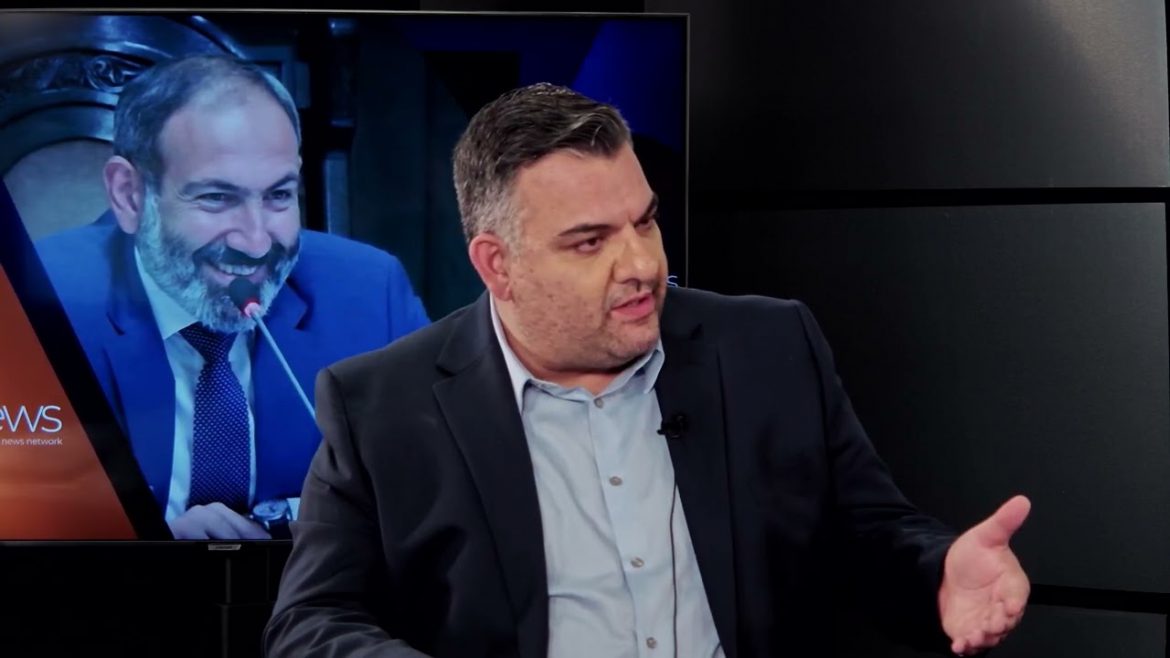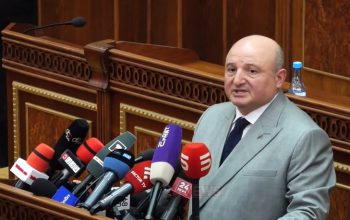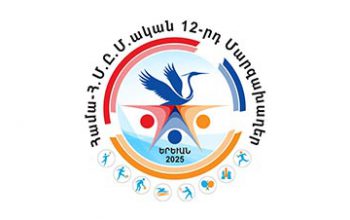By Levon Baronian
The recent announcement by U.S. Secretary of State Antony Blinken and USAID Administrator Samantha Power of a $20.6 million aid package to Armenia is being lauded as a commitment to Armenia’s democratic progress. But behind the diplomatic language, it is clear that this funding is not intended to support the Armenian people. Rather, it is designed to prop up Prime Minister Nikol Pashinyan’s regime, ensuring his government remains aligned with U.S. geopolitical objectives—at pennies on the dollar and at a significant cost to Armenia’s national interests.
Pashinyan has positioned himself as the West’s, primarily Turkey’s, clearance-priced executor in the region, and this latest aid package serves as further proof of Washington’s backing. However, this support does not reflect genuine assistance for Armenia’s fragile democracy. Instead, it is money that will reinforce Pashinyan’s grip on power, allowing him to continue pushing Western priorities in the region—most notably reducing Russia’s and Iran’s influence—regardless of the consequences for his own country.
This shift has already proven detrimental to Armenia. Pashinyan’s foreign policy maneuvers, driven by his government’s and supporters’ mission to supposedly align more closely with the West, have alienated traditional allies such as Russia, which has historically provided security guarantees to Armenia. This realignment, which appears to serve Western, and most visibly Turkish, objectives rather than Armenia’s, has left the country more vulnerable than ever. Nowhere is this more evident than in the catastrophic loss of Artsakh (Nagorno-Karabakh), where over a hundred thousand Armenians were recently forced to flee their ancestral homeland due to a year-long blockade and brutal ethnic cleansing by Azerbaijan.
Throughout this humanitarian crisis, the United States remained largely silent, offering no meaningful intervention or support to prevent the ethnic cleansing of Armenians from Artsakh. Despite repeated pleas for assistance, the West stood by as NATO member Turkey’s ally Azerbaijan, emboldened by its oil wealth and geopolitical alliances, completed its campaign to depopulate the region. The U.S.’s newfound interest in Armenia now—pouring millions into Pashinyan’s regime—is too little, too late for the people of Artsakh, whose suffering was largely ignored by the international community.
The $20 million promised under the guise of bolstering cyber, border, and energy security may sound like support for Armenia’s resilience, but in reality, it will strengthen the Pashinyan government’s ability to deliver on Western demands. Pashinyan’s willingness to pursue this path has undermined Armenia’s security and alienated crucial partners. His prioritization of reducing Russian and Iranian influence—key players in Armenia’s regional security—has left the country dangerously exposed to the ambitions of its hostile neighbors.
Instead of supporting Armenia’s genuine needs, the U.S. aid package primarily benefits Pashinyan’s political agenda, giving him the tools to cling to power while advancing Western interests in a region where Armenia’s own survival is at stake. In return for this backing, Pashinyan is expected to further pivot away from Russia and Iran, dismantling long-standing alliances that have historically protected Armenia from threats like Turkey and Azerbaijan. Yet, in doing so, he risks leaving Armenia isolated and defenseless.
The timing of this U.S. support is also telling. After a brutal crackdown on opposition protests earlier this year, where Pashinyan’s government used sound grenades and aggressive police tactics to suppress dissent, the prime minister is clearly determined to maintain his hold on power, no matter the cost. The U.S. has chosen to overlook these actions, likely because Pashinyan’s alignment with their broader geopolitical goals outweighs concerns about Armenia’s internal political situation.
Further evidence of this connection to internal control is the announcement by Archbishop Galstanyan, leader of Armenia’s growing opposition movement, that street protests to topple Pashinyan will resume in October. With political opposition growing, this “aid” package appears more like a lifeline for Pashinyan’s regime, allowing him to continue to crush dissent and suppress legitimate calls for change. It is likely no coincidence that this financial boost arrives just as opposition forces prepare to escalate their protests, signaling U.S. intent to solidify Pashinyan’s grip on power rather than address the concerns of his people.
What is clear is that this aid package is not about supporting Armenian democracy or the Armenian people. It is about securing Pashinyan as a reliable partner in a region where the U.S. is vying to reduce Russian and Iranian influence at any cost. The unfortunate reality is that this cost is being paid by Armenia itself—through weakened security, strained alliances, and the abandonment of its people in Artsakh.
For many Armenians, the U.S.’s newfound interest in their country rings hollow. Where was this support when Azerbaijan blockaded and ethnically cleansed Armenians from their homeland? Where was this concern for democracy when Armenians in Artsakh were being driven from their homes? The answer is clear: the U.S.’s priorities lie not in supporting Armenia’s sovereignty or its people but in advancing its own strategic objectives through a compliant government.
As Pashinyan continues to consolidate power with Western backing, Armenians must grapple with the reality that their country’s national interests—its security, its alliances, and its future—are being sacrificed for geopolitical gain. If the U.S. truly wishes to support democracy and the Armenian people, it must start by acknowledging the devastating consequences of its policies and by holding Pashinyan accountable for the path he is leading his country down.




